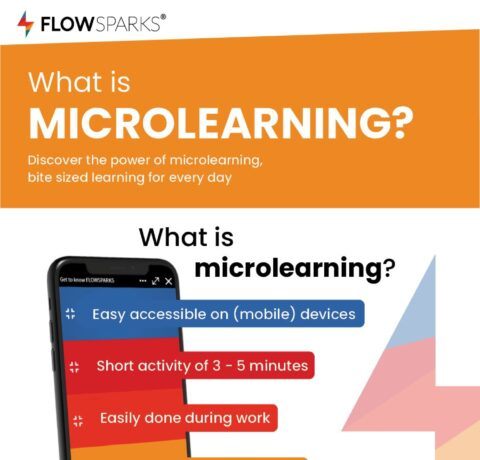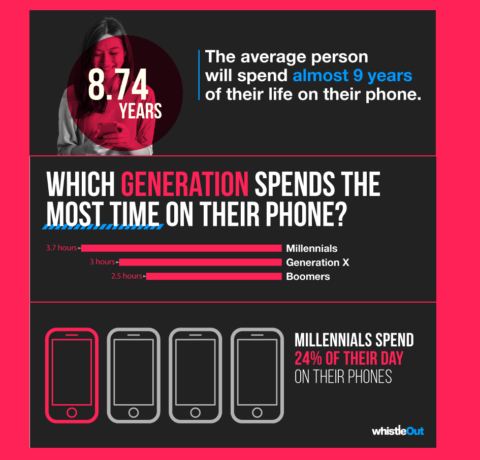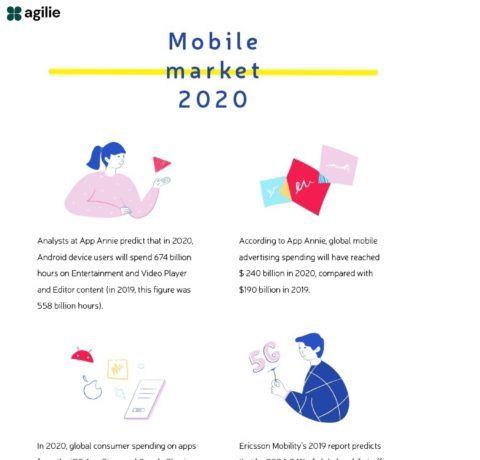Tablets for Teaching Kids Infographic
The tablet has changed the landscape of classrooms around the world, from flipped learning to augmented reality. A much needed balance between function and affordability, tablets of all shapes and sizes are being embraced by teachers in millions of different ways. The Tablets for Teaching Kids Infographic provides an overview of how this shift is taking place.
Teachers and kids are increasingly tech savvy
Types of interactive tech teachers use:
- 93% use Laptops/Desktops,
- 55% use Interactive Whiteboards,
- 34% use Tablets/iPads,
- 34% use handheld devices and
- 5% use multi-touch tables/surfaces.
More than 50% of teachers as well as administrators said children use technology 5 days a week in their classroom and less than 10% of them said children use technology less than once a week.
iPads and tablets are already widely used in the classroom
In elementary school:
- 1/3 of students surveyed (32 percent) said they use small tablets versus 21 percent using larger tablets.
- 26 percent use basic ebook readers
- 5 percent netbooks
- a full 35 percent use smartphones
In middle school, the numbers skew slightly more toward smart phones and laptops:
- 25 percent use small tablets
- 23 percent use larger tablets
- 17 percent use basic e-book readers
- 12 percent still use netbooks.
- 70 percent of middle school students use laptops for learning
- 66 percent use desktops
- 47 percent use smart phones
And in high school:
- 19 percent use full-size tablets for educational purposes;
- 17 percent use small tablets;
- 16 percent use basic e-book readers; and
- 10 percent use netbooks.
- 75 % use laptops
- 65% desktops
- 60% smartphones
Why should technology be used in the classroom?
- 80% of teachers and 69% of administrators said, “The children enjoy it”.
- 54% of teachers and 48% of administrators said, “Technology helps children meet the goals of the program”.
- 60% of teachers and 54% of administrators said, ”To support dual language learners”.
- 65% of teachers and 69% of administrators said, “To support children who have special needs”
- And less than 10% of them said that they used technology only for teacher-controlled activities.
Ways students use tablets/iPads in school
- 70% for research
- 70% for homework
- 55% check assignments
- 47% take notes in class
- 46% read digital textbooks
- 39% check class schedules
- 33% take exams
- 8 million: number of iPads in classrooms in first four years after introduction
- 94%: Apple’s share of tablets in education [see pros and cons below]
- 107,844: number of education apps in Apple’s App store
- 97,000: number of educational apps in Android’s Google Play store
Pros…and cons of iPads in k-12
iPads, Pros:
- Students love them - iPads in the classroom will get even the most stubborn students excited and engaged.
- Good battery life.
- Apps galore.
- Platform for e-textbooks.
- Communication tool - Have any shy students not willing to speak out in class? Using iPads in the classroom can help fix that.
- Great content viewer.
- User-friendly to students with disabilities- There are many apps for students with cognitive disabilities.
- Lightweight and portable.
- Fast and easy to use.
Cons:
- Doesn’t support flash- one of the biggest criticisms of the iPad is its lack of ability to work with Adobe Flash and JavaScript.
- No USB port.
- Lack of multi-tasking- multiple windows and files can’t be kept open side by side. Expensive.
- Potential to be distracting.
- Lack of production capabilities- a great content viewer, but not as great for content creation.
- Typing is sometimes frustrating.
- Not good for sharing. With the incapability to enter logins, each student needs his/her own. Personal information can’t be stored if students are sharing iPads.







You can adjust your cookie preferences here.